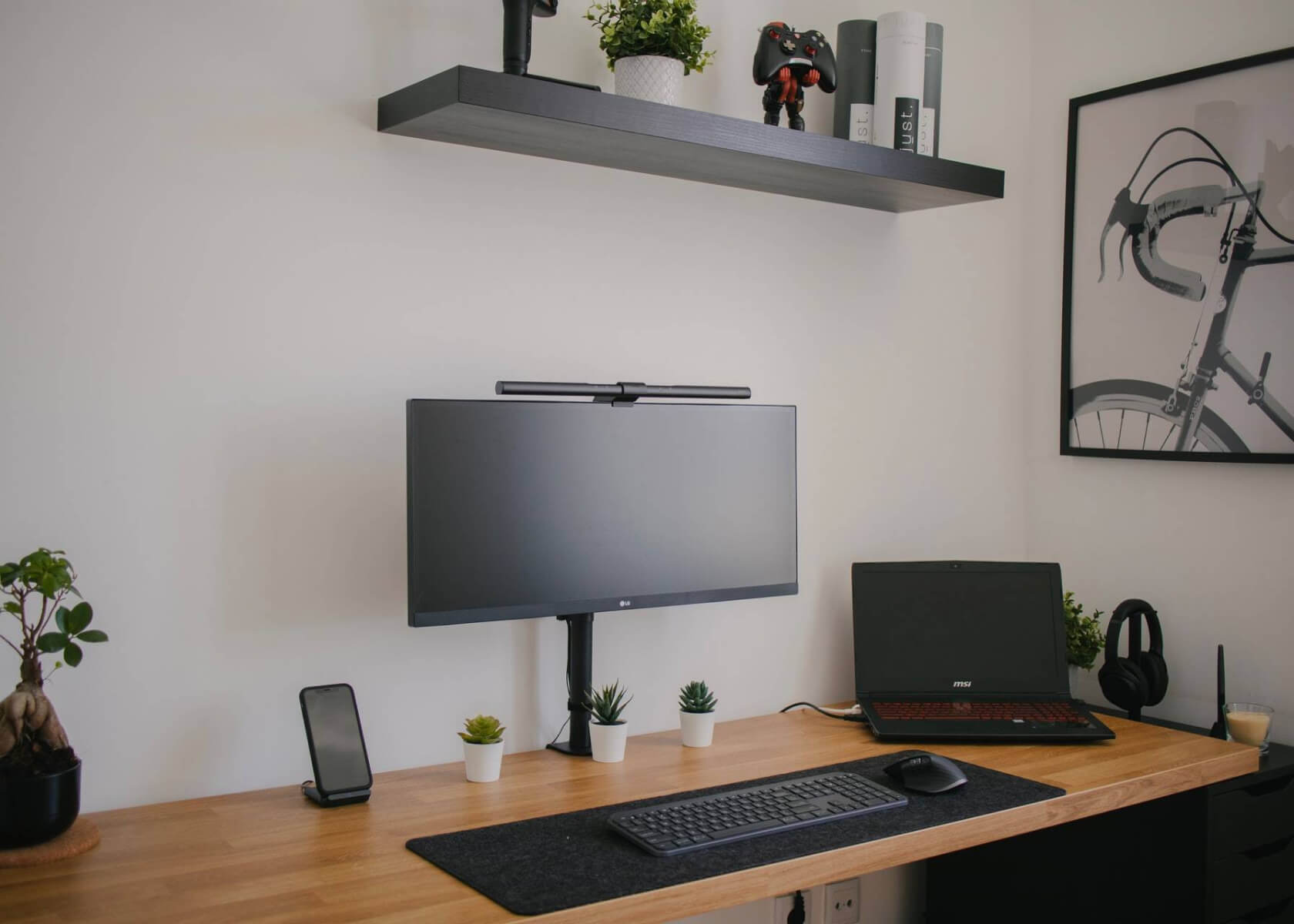How to Secure Notion Pages with Password Protection: Essential Tips & Tricks

New to Notion?
How to Secure Specific Notion Pages with Password Protection
Notion is a versatile productivity tool that offers robust collaboration and organizational features. While Notion protects your data with encryption and two-factor authentication, it doesn't provide native password protection for individual pages. However, you can still secure sensitive information through several workarounds. Below are some practical methods updated to reflect current Notion features and best practices.
Method 1: Encrypt Sensitive Content Externally
Since Notion doesn’t offer built-in text encryption or password protection within pages, you can encrypt your sensitive information using third-party tools before embedding it in Notion. Here’s how:
- Write your sensitive content in a secure text editor.
- Encrypt the file using third-party software such as 7-Zip (or any trusted encryption tool).
- Upload the encrypted file to your Notion page.
- Share the decryption password separately with authorized users.
This approach ensures that even if the file is accessed, its contents remain secure without the correct password.
Method 2: Create a Password-Protected Link Using Third-Party Tools
You can add an extra layer of security by generating a password-protected link to your Notion page with external tools:
- Open the Notion page you want to protect and copy its URL.
- Visit a third-party service like LinkLock (or any similar password-protection tool).
- Paste the URL into the tool.
- Set a strong password.
- Generate the password-protected link.
- Share the generated link with the intended recipients.
Anyone accessing the link will need to enter the correct password, thereby strengthening your page’s security.
Method 3: Restrict Access Through Workspace Permissions
For a built-in solution that leverages Notion’s capabilities, use Workspace permissions to control who can view or edit specific pages:
- Open the Notion Workspace that contains the page you want to secure.
- Click on the Share button in the top-right corner.
- Disable public access by ensuring the Share to web option is turned off.
- Add individual members or groups by entering their email addresses.
- Specify the appropriate access level (view or edit) for each user.
- Save your changes.
This method uses Notion's robust permission controls to ensure that only authorized users can access your sensitive content.
Conclusion
While Notion doesn’t offer native page-level password protection, you can still secure specific pages through creative workarounds. Whether you choose to encrypt content externally, create a password-protected link using a third-party tool, or tightly restrict access with Workspace permissions, these methods add an extra layer of security to your Notion pages. Always use strong passwords and exercise caution when sharing sensitive information to keep your data safe.


